
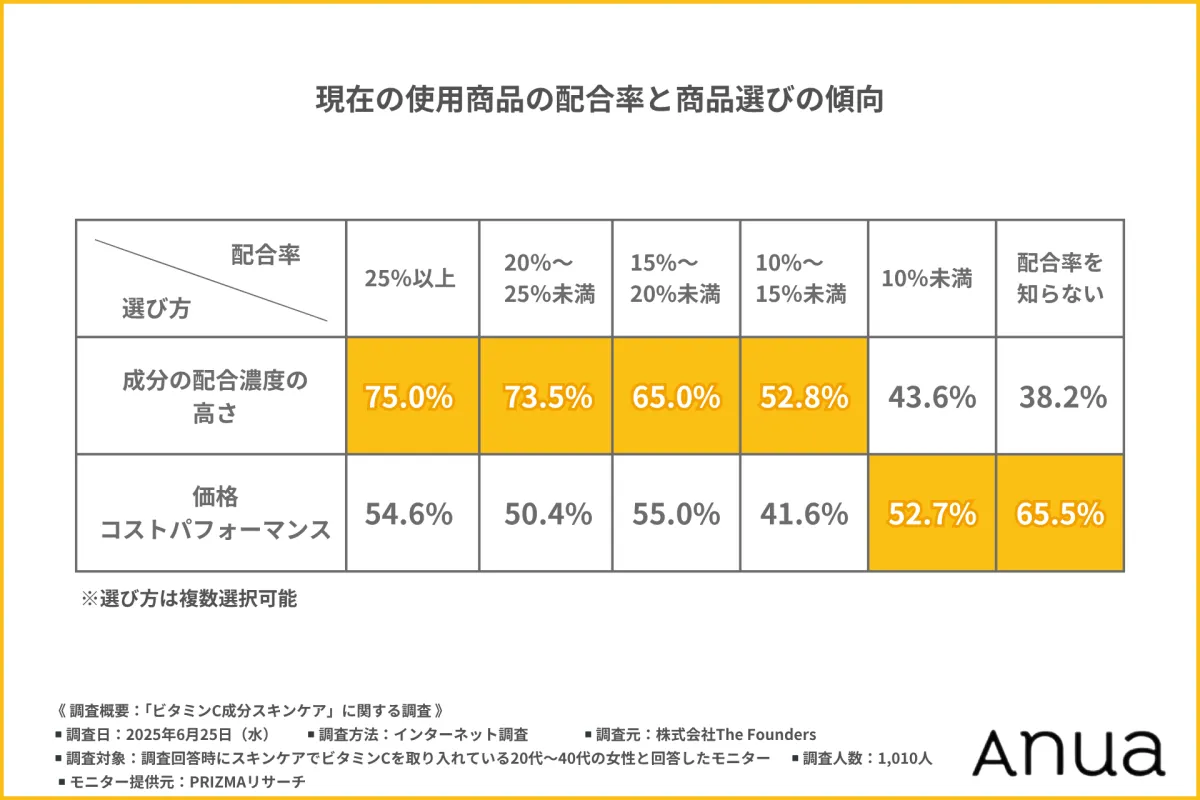
Understanding the Vitamin C Skincare Phenomenon: Insights from Women in Their 20s to 40s
Vitamin C: The Summer Staple for Skincare
In a world where skincare is more than just a routine, Vitamin C has emerged as a must-have ingredient, especially among women in their 20s to 40s. A recent survey conducted by The Founders, the company behind the skincare brand Anua, sought to explore the attitudes and behaviors of women integrating Vitamin C into their skincare regimens.
The Seasonal Demand for Vitamin C
When asked about the ideal season to incorporate Vitamin C into their skincare, a whopping 51.1% of respondents indicated summer as their preferred time. This aligns with the heightened concern for sun damage and the desire for a radiant complexion during the sun-drenched months. Interestingly, around 40% of women stated they have no specific seasonal preference, suggesting that Vitamin C is becoming a year-round skincare staple.
The Reasons Behind Choosing Vitamin C
The survey also delved into why women are turning to Vitamin C products. The results showed that 66.3% of participants are motivated by the desire to enhance their skin's brightness, while 56.2% and 48.9% seek protection from UV damage and pore care, respectively. These findings underscore a significant demand for products that not only brighten the complexion but also address common skin concerns.
Usage Frequency and Awareness of Concentration
Surprisingly, about 63.8% of women report using Vitamin C skincare products on a daily basis. However, a striking 59.9% admitted they do not know the concentration of the Vitamin C in the products they use. This disconnect highlights a critical knowledge gap – many women desire the benefits of high-concentration formulations but lack the information to make informed choices.
The Paradox of High Concentration Belief
The survey revealed a prevalent “high concentration faith” among users. When asked why they preferred higher concentrations, responses varied from wanting immediate effects to the belief that higher concentrations equate to better results. Nevertheless, many users remain unaware of the actual concentrations in their products, revealing a significant discrepancy between expectation and knowledge.
Preference for Supplementary Ingredients
In an effort to maximize the benefits of Vitamin C, respondents expressed interest in complementary ingredients. The most desired attributes were those enhancing brightness, offering moisturizing effects, and supporting skin barrier function, showing a clear trend towards holistic skincare solutions.
Challenges with High Concentrations
Despite the popularity of Vitamin C, nearly 22.6% of women reported experiencing irritation, while 18.4% noted issues with product oxidation, indicating that high concentrations can sometimes lead to adverse effects. This raises questions about formulating products that balance potency with gentleness – a need that Anua’s renewed Vitamin C serum aims to address.
The Launch of Anua's New Vitamin C Serum
In response to consumer demands, Anua is set to launch its revamped "Vitamin 10 PORESTRIX Serum" on June 30, 2025. This product combines 5% pure Vitamin C and three Vitamin derivatives, with a nurturing formulation designed to minimize irritation while enhancing skin brightness and smoothing texture.
Conclusion: Bridging the Gap Between Belief and Knowledge
The findings of this survey underscore the importance of education in the skincare market. While the faith in high-concentration Vitamin C remains strong among women, bridging the gap between understanding and use is crucial. Consumers are looking for effective, affordable, and gentle formulations that can seamlessly integrate into their daily routines. The skincare industry must evolve by providing clarity on ingredient concentrations, thus helping users make informed choices without compromising on their skincare goals. Anua is committed to this journey, as it continues to innovate and respond to consumer needs with effective, reliable products.
For those interested in the new Vitamin 10 PORESTRIX Serum, more details can be found on Anua's official website and other retail platforms.
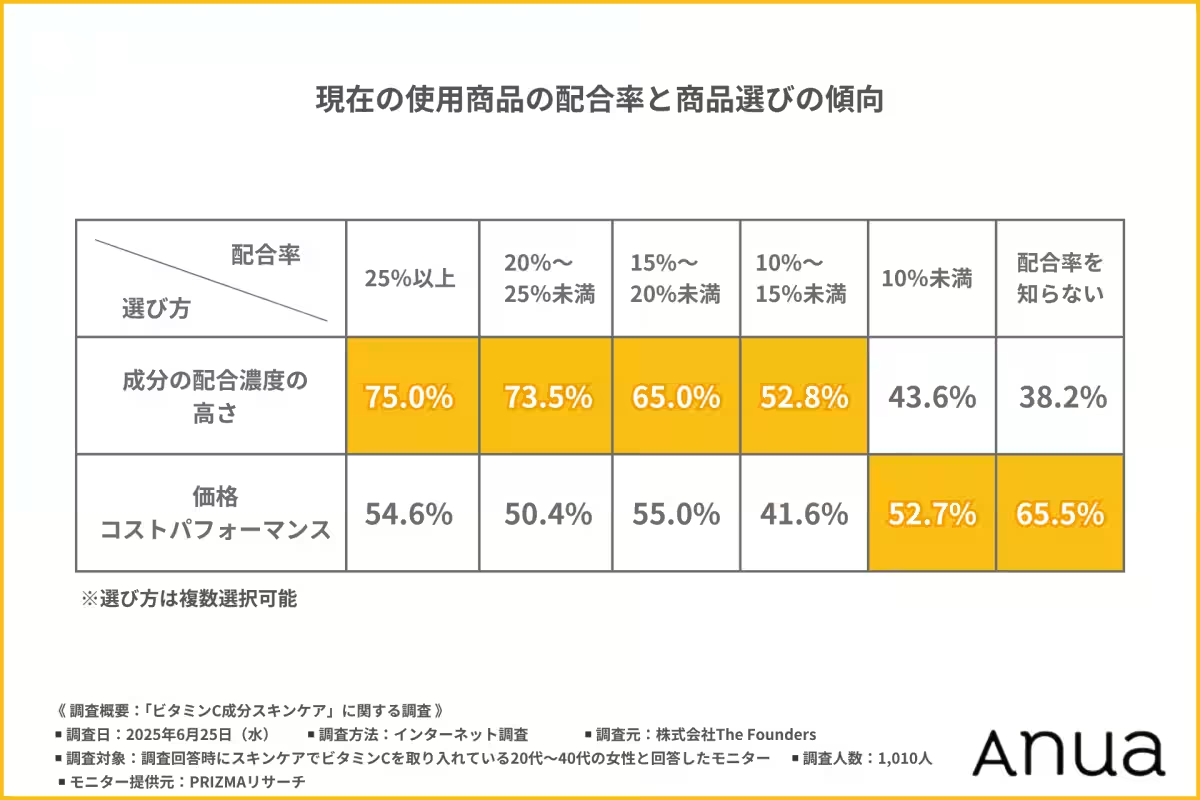
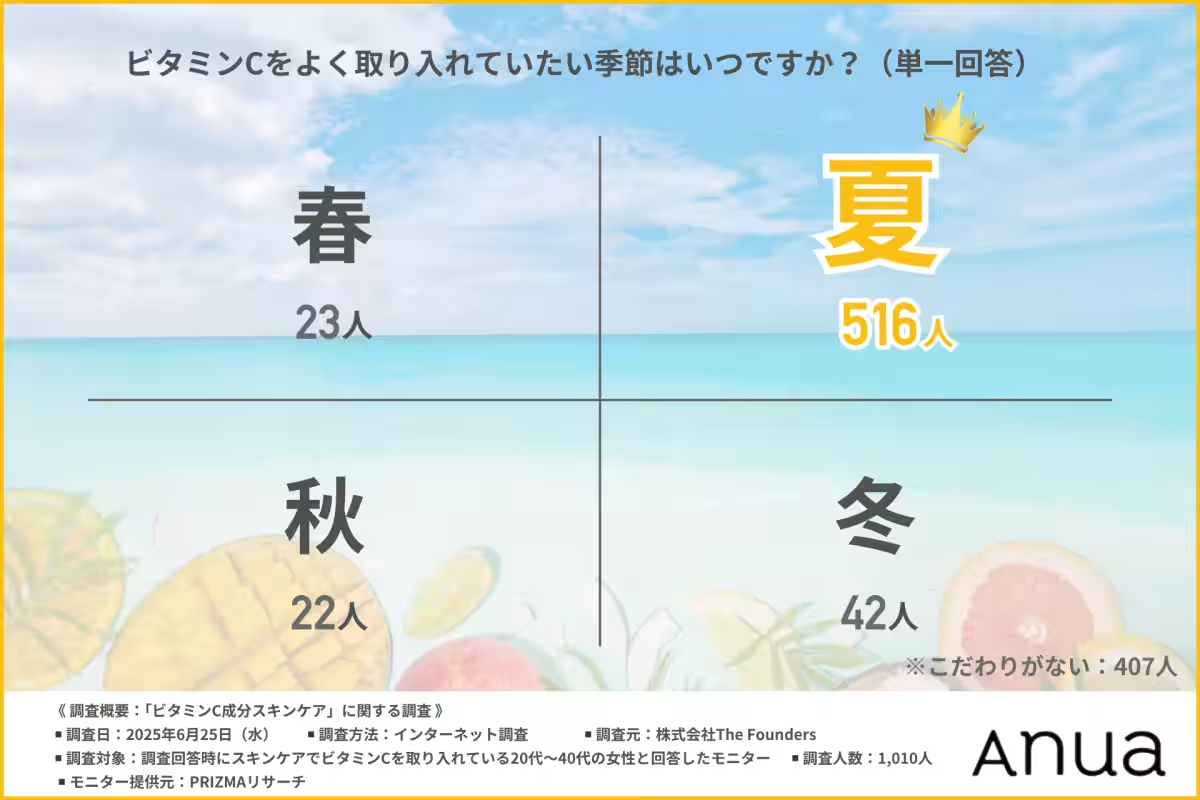
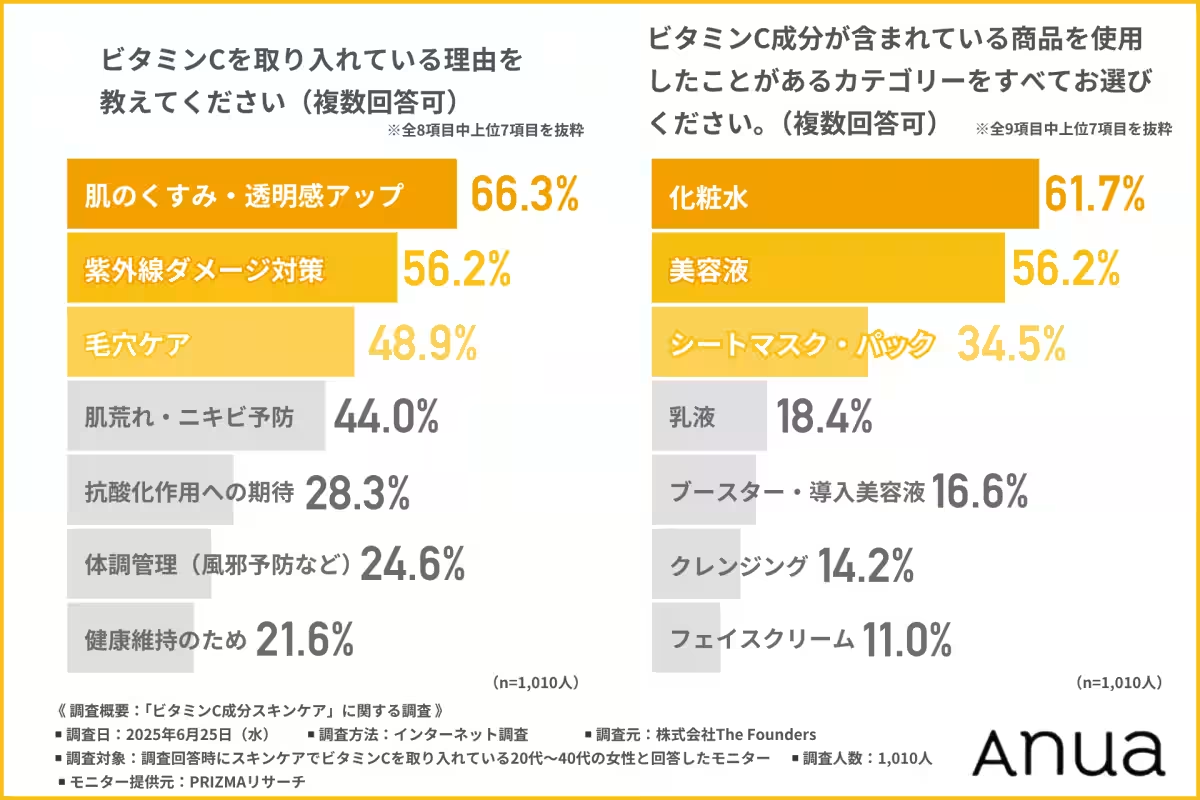

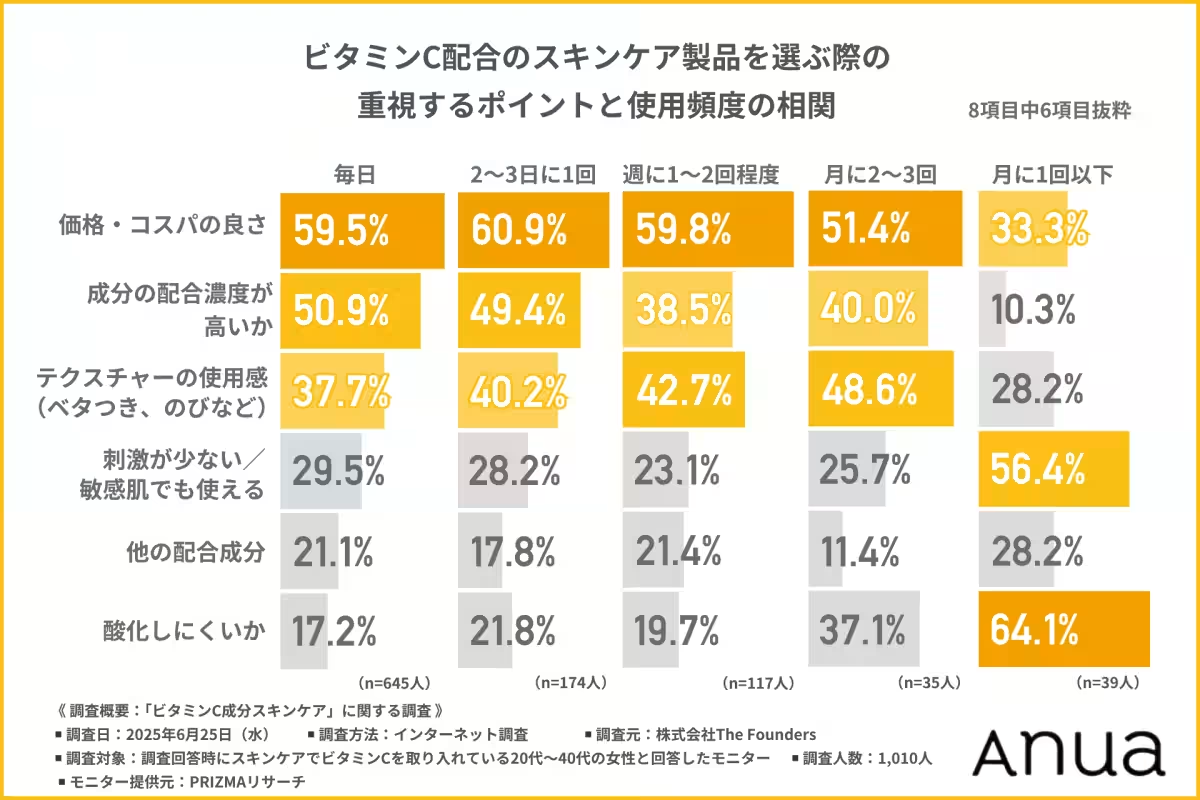
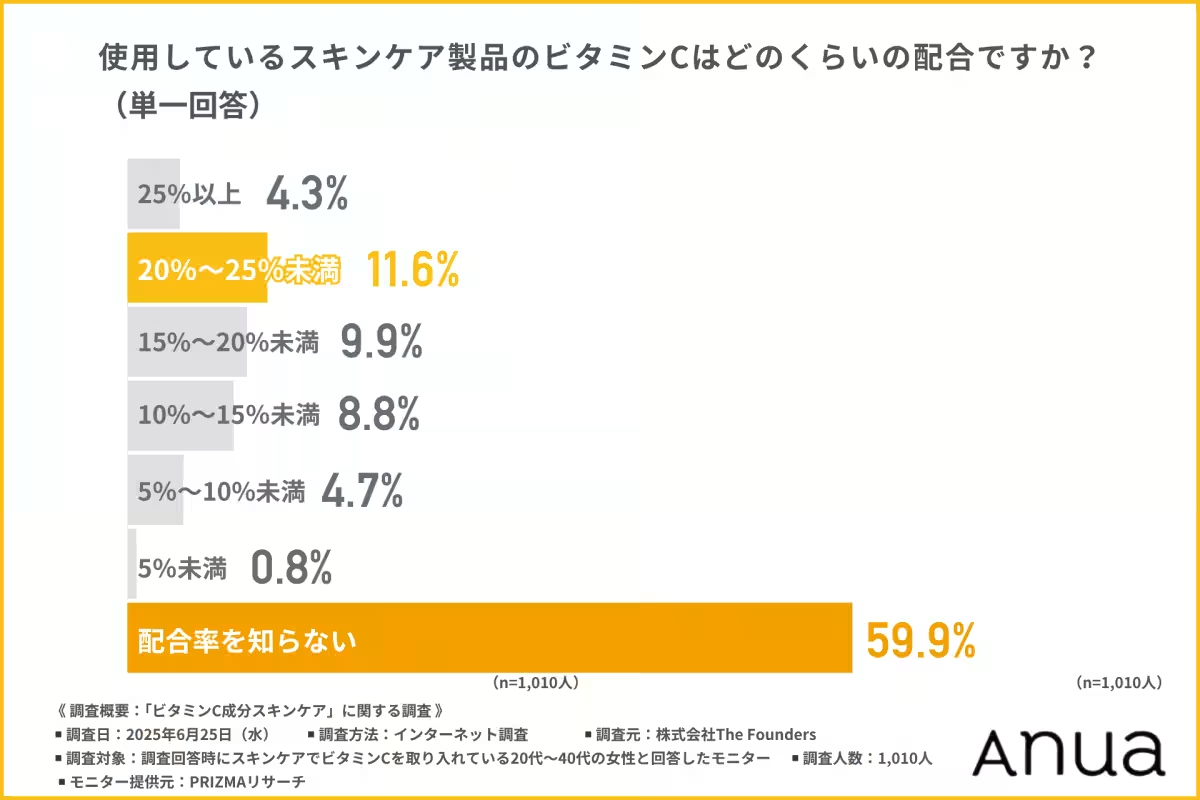
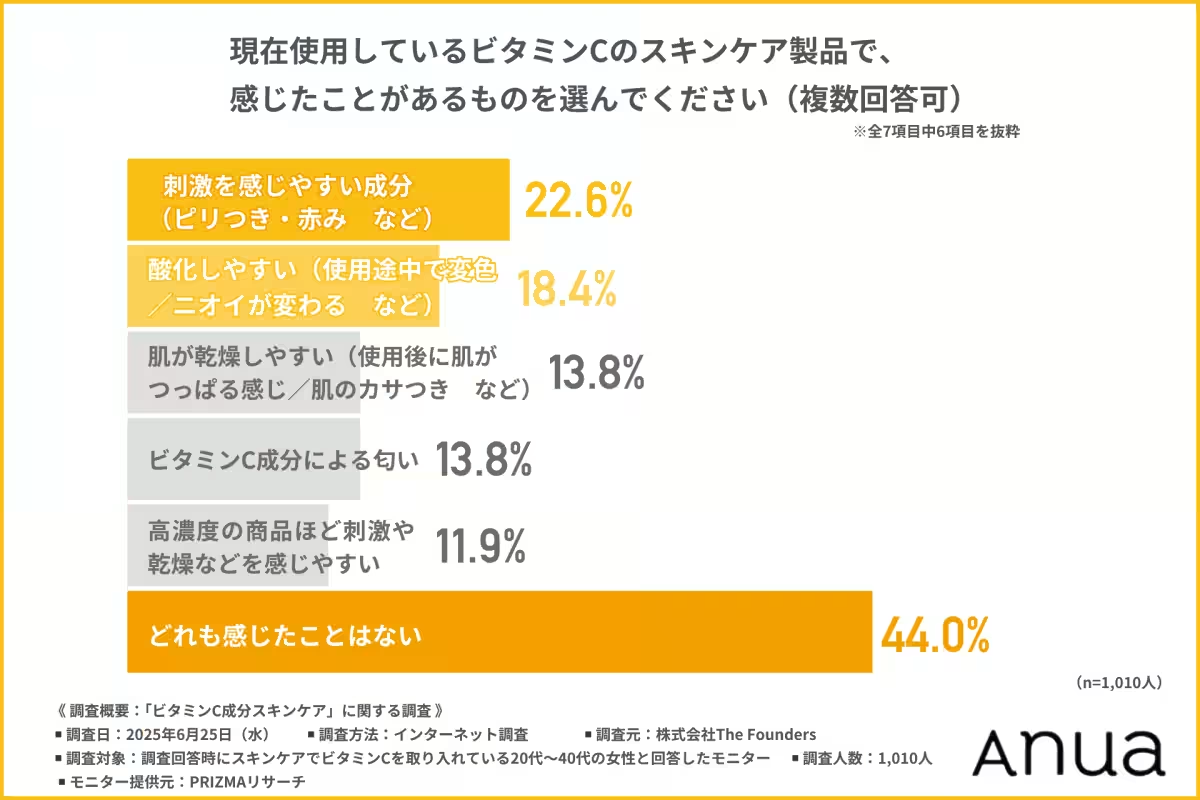
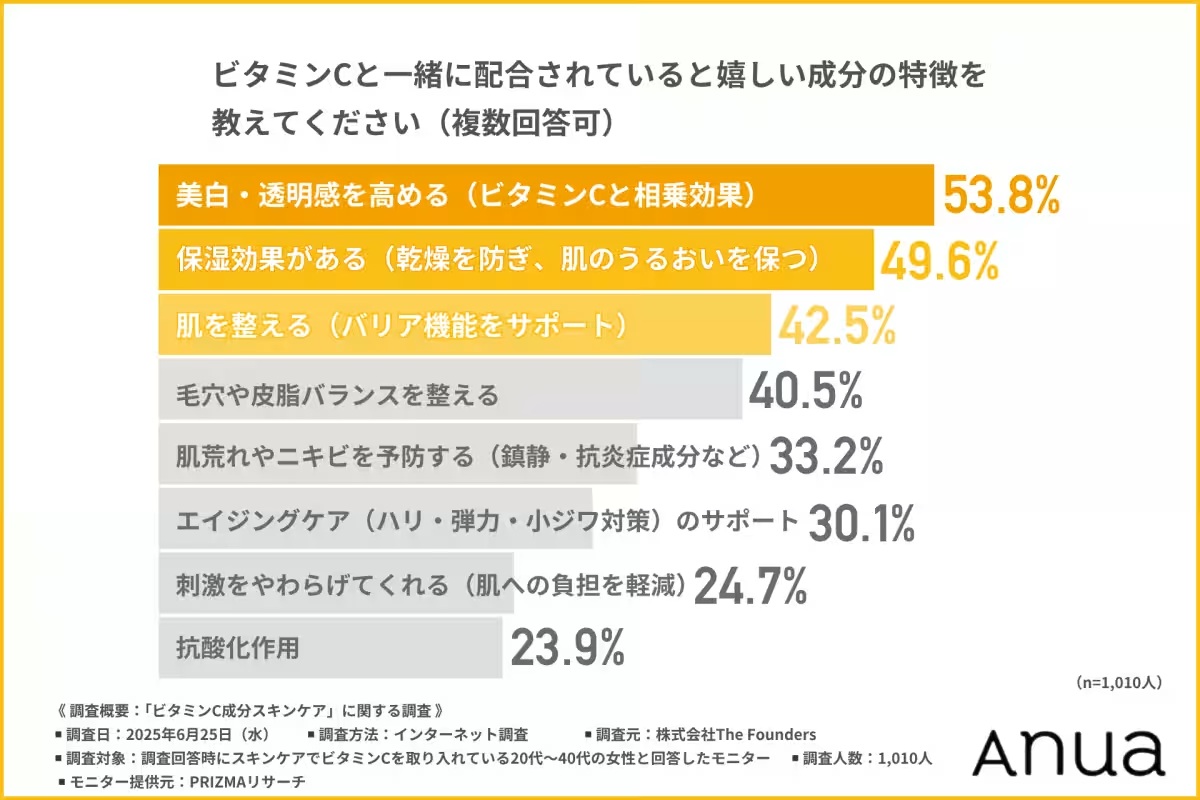

Topics Consumer Products & Retail)





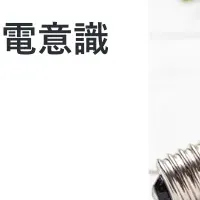




【About Using Articles】
You can freely use the title and article content by linking to the page where the article is posted.
※ Images cannot be used.
【About Links】
Links are free to use.